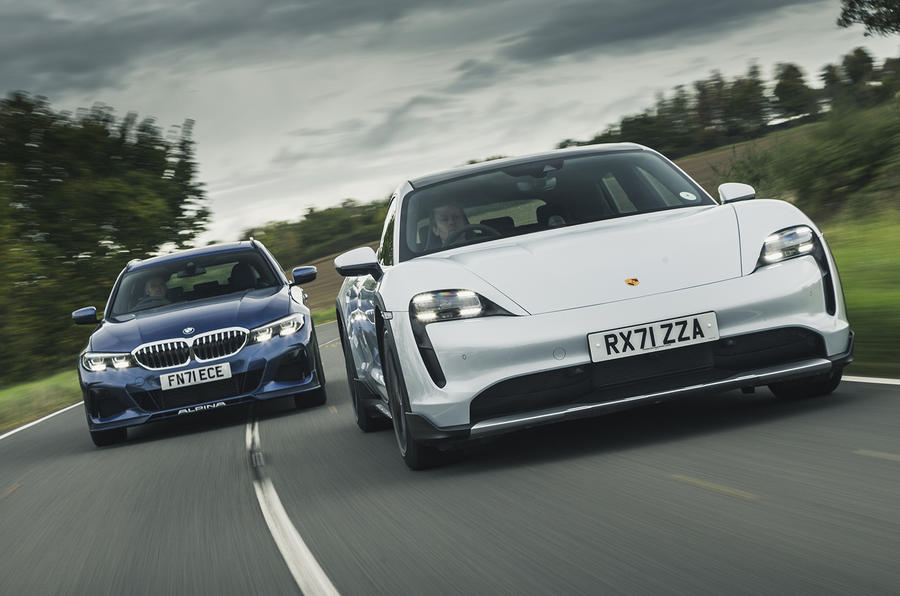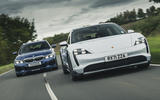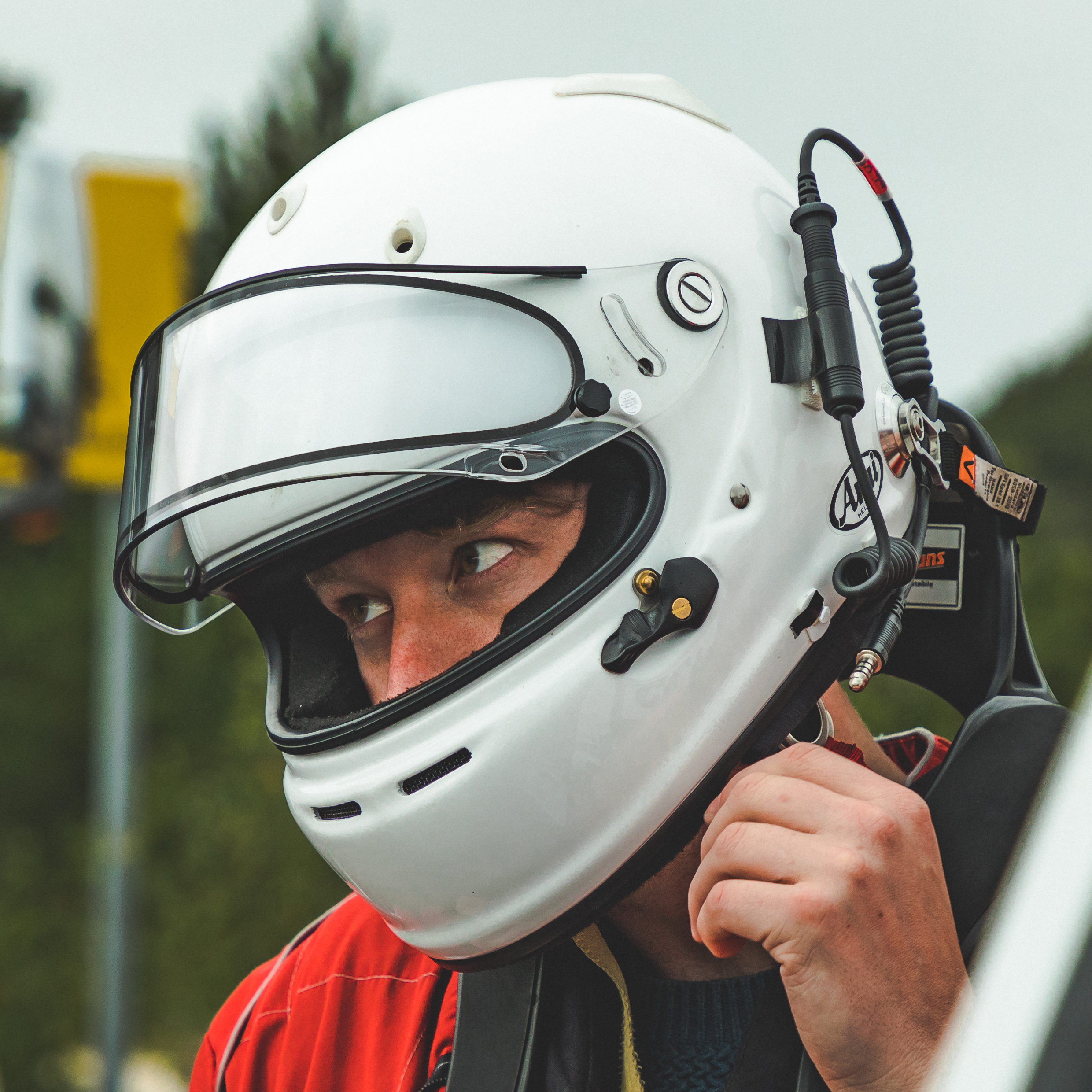Steering pick-up, rebound damping, pedal weights: they’re the kind of marginal elements that tend to determine the outcome of head-to-head tests between two very similar performance cars. And with the best car makers striving to make small gains, that’s as it should be.
But this isn’t necessarily going to be one of those tests, mostly because the electric Porsche Porsche Taycan Cross Turismo and the Alpina B3 Touring could hardly be further apart in their hardware. However, they’re aligned in price and on-paper performance. More importantly, they share an identical use case. That means they’re crying out for a comparison test, just one with a bigger picture than usual. Today is therefore about old world versus new school, comfort food versus molecular gastronomy, petrol versus electric, and here’s the best bit. Both the B3 Touring and the Taycan saloon are rare five-star cars, so together these machines represent not only the very highest standards but also the best possible test control variable. So where does the EV-curious enthusiast who wants their car to be all things put their (serious) cash in 2021?

The B3 barely needs any introduction. This is the only Alpina ever to use a bona fide BMW M division engine, and if you were to set out its various attributes – for performance, comfort, handling and efficiency – you’d end up with a spider chart whose plotted points were falling off the edges in every direction. It’s the rapid estate of the moment, softer and more serene than an BMW M3 (whose BMW M3 Touring derivative is imminent) but no slower on the road, and in light of that, £67,950 doesn’t look too wild.
This car is also spacious but not at all big-boned on B-roads, and inside it’s lavish yet the snarling alter ego always lurks. You can quite easily peel back the stability of the chassis and play with the thing almost as if it were a proper sports car. Team ICE could hardly have a better all-weather, all-chore, all-singing-and-dancing real-world rep.















































Join the debate
Add your comment
A family member will be collecting their Brand New Porsche Taycan 4S Cross Turismo in January 2022 so I will see what it's like. The Alpina is good but I have never seen one in real life (I mean any from the entire Brand ever).
For those with zero experience/knowledge of Alpina cars you should watch and listen to Steve Sutcliffe comparing:2013 Nissan GT-R vs Alpina B6 on track and road.
It is an Autocar video, and Steve is possibly the world's greatest car video host.
What do I know? - Just Google - RPrior Autocar to visit my garage
Enjoyed reading this test. Two great cars. Alpina would the one for me too, not least because pretty soon we won't be able to buy and enjoy new cars like this any more. Nicely done, Richard Lane.